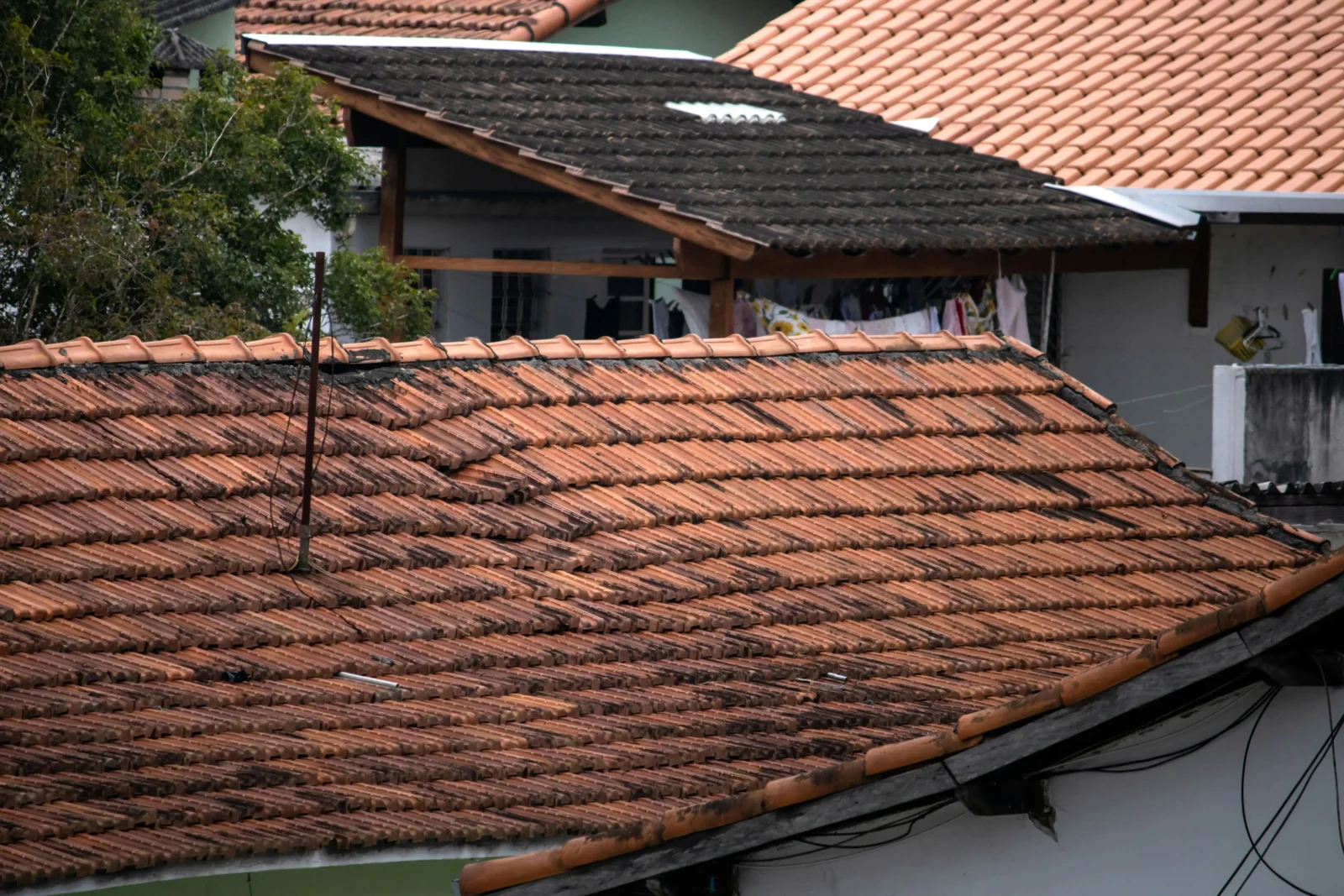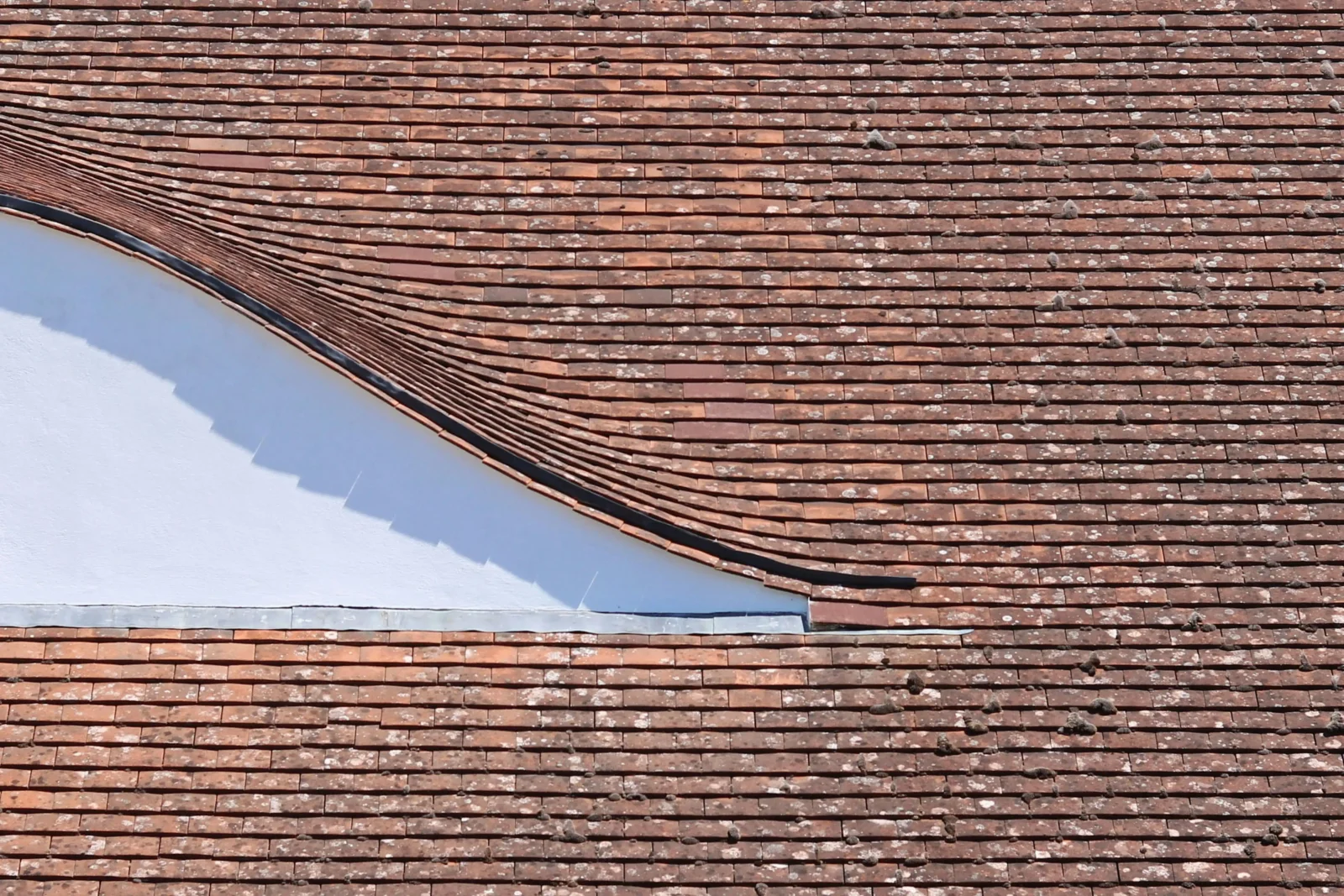- Home
- Articles
- Architectural Portfolio
- Architectral Presentation
- Inspirational Stories
- Architecture News
- Visualization
- BIM Industry
- Facade Design
- Parametric Design
- Career
- Landscape Architecture
- Construction
- Artificial Intelligence
- Sketching
- Design Softwares
- Diagrams
- Writing
- Architectural Tips
- Sustainability
- Courses
- Concept
- Technology
- History & Heritage
- Future of Architecture
- Guides & How-To
- Art & Culture
- Projects
- Interior Design
- Competitions
- Jobs
- Store
- Tools
- More
- Home
- Articles
- Architectural Portfolio
- Architectral Presentation
- Inspirational Stories
- Architecture News
- Visualization
- BIM Industry
- Facade Design
- Parametric Design
- Career
- Landscape Architecture
- Construction
- Artificial Intelligence
- Sketching
- Design Softwares
- Diagrams
- Writing
- Architectural Tips
- Sustainability
- Courses
- Concept
- Technology
- History & Heritage
- Future of Architecture
- Guides & How-To
- Art & Culture
- Projects
- Interior Design
- Competitions
- Jobs
- Store
- Tools
- More

Beginning a roofing project can seem daunting, but with the right preparation, it can be a rewarding endeavor. One of the key preliminary steps before laying new shingles or making repairs is conducting a thorough roof inspection. This initial assessment identifies potential problems and helps set the stage for a successful roofing project. Knowing what to inspect and how to properly evaluate the condition of your roof is vital for any homeowner. This guide covers essential roof inspection tips to ensure you are well-prepared before starting your roofing project.
Table of Contents
ToggleUnderstanding Roof Structure
When inspecting your roof, it’s vital to understand the basic structure and components that make it functional. Roofing systems usually consist of several layers, including the underlayment, shingles, ventilation, and gutters. Each element plays a distinct role in protecting your home from rain, snow, wind, and other weather conditions. Start by examining the roof’s surface for any obvious signs of damage such as missing shingles, curling edges, or cracks. These indicators can often point to underlying issues that require immediate attention.
Pay careful attention to how well the roof slopes. A properly sloped roof facilitates the drainage of water, while a flat or improperly sloped area can lead to pooling and increased risk of leaks. If you find any areas that appear to be collecting water, it may be worthwhile to consult with a professional to evaluate the drainage system.

Importance of Professional Assessments
While DIY inspections are important for homeowners, consulting with a professional roofing contractor is often advisable. Professionals bring years of experience and specialized knowledge to the table, helping you identify issues you may overlook. They can provide a more thorough analysis of the roofing condition and suggest appropriate preventive measures.
Many roofing services offer guarantees on their work, adding an extra layer of protection for your investment. For residential roofing, it is often prudent to get a professional evaluation to ensure you tackle the right areas and utilize high-quality materials for your project. This helps ensure long-term durability and gives homeowners peace of mind knowing their roof is built to withstand the elements.
Inspecting Roof Accessories
Don’t overlook the importance of assessing roof accessories. Items such as chimneys, vents, and skylights can impact the health of your roofing system. Check for any signs of wear or damage around these accessories, as they can be common points for water intrusion. Pay attention to the seals around these installations. If they appear cracked or worn, it may be time for replacement or repair.
Your gutter system requires inspection, as clogged or damaged gutters can lead to water backing up and damaging your roof. Ensure that your gutters are free of debris and in good condition. If you notice any sagging sections or leaks in your gutters, prompt repairs are necessary to prevent issues.
Look for Signs of Water Damage
Water damage is one of the most significant threats to roofing systems, as it can lead to extensive problems if not addressed promptly. While standing on the ground, look for any stains or discoloration on your ceiling or walls, as they might indicate leaks. Inside the attic, observe the underside of the roof for any wet spots or mold, which can suggest persistent moisture issues. Catching these signs early can save you time and money down the line.
In some cases, it might be wise to use a moisture meter to measure humidity levels in your attic. High readings can indicate a lack of ventilation or leaks that need to be corrected. Proper ventilation helps to keep your attic dry and reduces the risk of mold development.
Seasonal Considerations
When planning your roof inspection, consider the time of year. Different seasons can expose various issues. Winter weather can lead to ice dam formation, while spring may bring heavy rainfall that exacerbates existing roof problems. Therefore, timing your inspections during transitional seasons, like late fall before the winter weather sets in or early spring, can be particularly beneficial.
This approach enables you to prepare adequately for the harsher months ahead and ensure that your roofing system is functioning as intended. Documenting seasonal changes and issues can help when discussing potential repairs with your roofing contractor.

Documenting Your Findings
As you conduct your inspection, keeping a detailed record of your findings is beneficial. Photographing specific issues allows for easy reference in discussions with roofing professionals, contributing to informed decision-making. Having this documentation can help establish a maintenance schedule for your roofing system based on its age and condition.
Utilizing a checklist during your inspection can streamline the process and ensure you do not overlook any critical areas. Sections to include might consist of roof surface, accessories, drainage systems, and signs of water intrusion. By following a systematic approach, you can feel confident in the thoroughness of your inspection.
Preparing for Repairs or Replacement
Once you have completed your inspection and gathered your data, you can begin planning for any necessary repairs or a complete roof replacement. Compare your findings with the estimates provided by roofing contractors, which can help determine whether repairs are sufficient or if a new roof is the more prudent choice. Being informed about the state of your roof will enable you to make decisions that align with your budget and needs for longevity.
Select roofing materials that are appropriate for your local climate and that come with good warranties. Investing in quality materials can significantly impact the lifespan and effectiveness of your new roof.
Taking the time for a thorough roof inspection is crucial before embarking on a roofing project. By assessing the roof structure, inspecting accessories, watching for signs of water damage, and being aware of seasonal considerations, you empower yourself to make informed decisions. Engaging with professionals and documenting your findings will enhance your roof’s health and preparedness for whatever weather conditions may arise.
Submit your architectural projects
Follow these steps for submission your project. Submission FormLatest Posts
To Upgrade or to Change Your Roof Completely: Key Facts to Know
Deciding what to do with an aging roof often brings confusion, hesitation,...
Best Practices for Roof Inspections and Maintenance
On most projects, the roof spends decades out of sight while carrying...
Sunny Days, Secure Roof: Simple Steps to Shield Your Home
Your home is more than just a place to live—it’s a sanctuary....
Simple and Stylish Roof Ideas for Homeowners
When designing your home, don’t overlook the roof. It’s essential for both...












Leave a comment